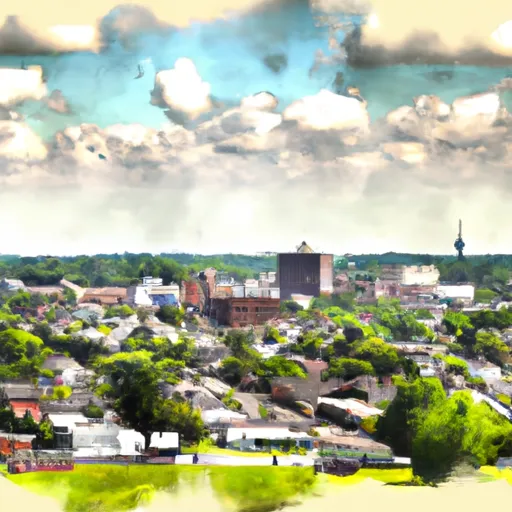°F
°F
mph
Windspeed
%
Humidity











Harrison, Ohio has a humid subtropical climate with hot summers and cold winters. The area is prone to flooding due to its location near the Great Miami River and Whitewater River. Hydrology constituents in the area include agriculture runoff, wastewater treatment plants, and industrial discharges. Despite these challenges, there are several outdoor recreation opportunities in Harrison, such as hiking and fishing at the Whitewater Memorial State Park, golfing at Miami Whitewater Forest Golf Course, and camping and boating at the nearby Brookville Lake. Overall, Harrison offers a mix of natural beauty and recreational activities for visitors and residents alike.
Weather Forecast
Harrison receives approximately 1163mm of rain per year, with humidity levels near 81% and air temperatures averaging around 12°C. Harrison has a plant hardyness factor of 6, meaning plants and agriculture in this region thrive during a short period during spring and early summer. Most plants will die off during the colder winter months.
Regional Streamflow Levels
56
Cubic Feet Per Second
1,150
Cubic Feet Per Second
291
Cubic Feet Per Second
939
Cubic Feet Per Second
Nearby Camping
| Camping Area | Reservations | Toilets | Showers |
|---|---|---|---|
| Fall Creek - Lake Cumberland | |||
| General Burnside State Park | |||
| Bullock Pen Lake Ramp - DFWR | |||
| Big Bone Lick State Park | |||
| Boat Ramp - Elmer Davis Lake - DFWR | |||
| Fishing Creek - Lake Cumberland |



